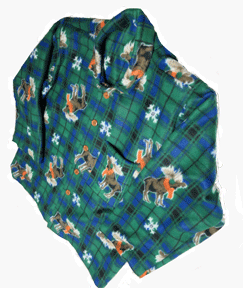 |
| Christine’s finished shirt. |
 |
| Christine copies the shirt collar. |
2. Can learn what the industry is doing and how they do it.
3. Need patterns from which other patterns can be drafted.
4. If you are planning to work in the industry’s designing departments knowing how to copy a ready-made garment is essential. This is because once a company learns a style is selling, they are quick to copy the style. It’s not feasible to copy-right most clothing styles because styles change so quickly and so many styles are so similar. The goal is to be the first to have it out on the market, or to be able to produce it at a lower price.
Facts about copying a ready-made garment:
 |
| The upcoming 10 week course, Copying a Man’s Shirt, starts this Saturday, January 4. To register call Laurel at 215 884 7065. |
2. Not taking out any stitches preserves the original garment, making it accessible for sewing information.
3. The patterns can be taken off in only a few hours.
4. Because a company’s least expensive garments are usually cut from high-end garments’ patterns, if the pattern is copied from a low-priced garment, the sewing and fabric used to make the copy can be up scaled to produce a high-end garment.
5. Learning the sewing skills needed to sew men’s shirts enables better sewing skills with all clothing.
6. If the fit of the original garment is not exactly perfect, the copied patterns can be corrected to achieve better fit.
7. The upcoming course, Copying a Man’s Shirt, that starts this Saturday addresses this and many other fit issues. This course is about copying ready-made garments. It specifically addresses copying men’s shirts because that is the garment easiest to copy. So the students start there.
About copying men’s shirts:
 1. Although the easiest garment to copy is a man’s shirt, it’s one of the most difficult to sew.
1. Although the easiest garment to copy is a man’s shirt, it’s one of the most difficult to sew. 2. As with any garment, for sewing to be successful, the finished garment must fit.
3. It’s surprising, when copying a man’s shirt, how bad the fit often is. I thought this shirt fit my son until I took a better look. There are many other problems with this shirt as well.
Some of the fit issues that are addressed in this course:

Many men’s shirts are too tight at the neck as shown in the neckline in the shirt on the top left.
The picture below it shows the corrected collar and neckline.

As shown on the right the neckline may ALSO need to be raised at center back and lowered at center front to both allow the neckline to fit correctly and the shirt to hang correctly on the body. This is a common problem for both men and women.
One of the biggest problems for many men is finding shirts with sleeves that are wide enough through the biceps (upper arm). Knowing how to make this correction is helpful with women’s sleeves too. Many women also need their sleeve patterns widened through the upper arm. The upcoming course that starts this Saturday addresses this and many other fit issues.
Knowing something about patternmaking is also essential to one’s success
 In the diagram on the left the sleeve cap is being walked around the armhole to make sure it will sew correctly.
In the diagram on the left the sleeve cap is being walked around the armhole to make sure it will sew correctly.Learning high-end sewing skills is another reason to copy a ready-made garment

Understanding how men’s collars are drafted and sewn enables better drafting and sewing of women’s shirt collars. In the course that starts this coming Saturday students learn how to adjust the collar’s fit and style, and then how to correctly sew it to the shirt.
Many men are willing to pay considerable money for well-fitting shirts.
Laurel
www.Laurelhoffmann.com- published books
www.ContemporaryFashionEducation.com- school
Facebook: Contemporary Fashion Education, Inc.
http://contemporaryfashioneducation.blogspot.com/
P:215 884 7065, C:610 908 7222




















